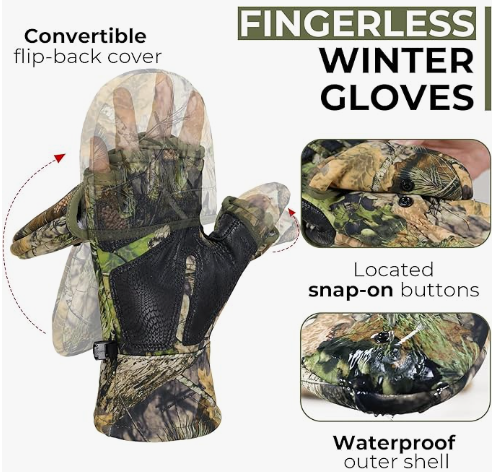ANSI ratings for gloves are standards set by the American National Standards Institute (ANSI) to evaluate and classify gloves based on their protective qualities. These ratings help workers choose gloves suitable for specific hazards, such as cuts, abrasions, punctures, and impacts.
What Does ANSI Rating Mean for Gloves?
The ANSI rating measures the level of protection gloves offer against specific hazards, such as cuts, abrasions, punctures, and impacts. Higher ratings indicate stronger protection.
1. ANSI Cut Resistance Ratings
The ANSI/ISEA 105-2016 standard measures how much force a glove can withstand before being cut. The levels range from A1 to A9.
| Cut Level | Force (grams) | Best For |
|---|---|---|
| A1 | 200–499 | Light tasks, small part handling |
| A2 | 500–999 | Automotive assembly, construction |
| A3 | 1,000–1,499 | Warehouse, packaging work |
| A4 | 1,500–2,199 | Light glass handling |
| A5 | 2,200–2,999 | Metalwork, food processing |
| A6 | 3,000–3,999 | Heavy-duty tasks |
| A7 | 4,000–4,999 | Glass manufacturing |
| A8 | 5,000–5,999 | Blade handling, extreme hazards |
| A9 | 6,000+ | Heavy-duty metalwork |
2. ANSI Abrasion Resistance Ratings
Abrasion resistance measures how many cycles a glove can endure before showing wear. Levels range from 1 to 6.
| Level | Cycles to Failure | Best For |
|---|---|---|
| 1 | ≥100 | Light handling tasks |
| 2 | ≥500 | General assembly |
| 3 | ≥1,000 | Construction work |
| 4 | ≥3,000 | Metal fabrication |
| 5 | ≥10,000 | Heavy-duty tasks |
| 6 | ≥20,000 | Extreme abrasion jobs |
3. ANSI Puncture Resistance Ratings
Puncture resistance measures how much force the glove can resist from sharp objects, such as nails or tools. Ratings range from Level 1 to Level 5.
| Level | Force (Newtons) | Best For |
|---|---|---|
| 1 | ≥10 | Light material handling |
| 2 | ≥20 | Assembly work |
| 3 | ≥60 | Construction tasks |
| 4 | ≥100 | Metalwork, heavy handling |
| 5 | ≥150 | Recycling, tough environments |
4. ANSI Impact Protection Ratings
This measures protection against impact, especially for knuckles and fingers. Levels range from 1 to 3.
| Level | Protection | Best For |
|---|---|---|
| 1 | Basic impact protection | Light construction tasks |
| 2 | Moderate protection | Machinery operation |
| 3 | High protection | Oil and gas industries |
Why Are ANSI Ratings Important?
- Worker Safety: Ensure gloves provide adequate protection for specific hazards.
- Standardized Selection: Helps businesses choose the right gloves based on job requirements.
- Compliance: Meets workplace safety regulations and standards.
How to Choose Gloves Based on ANSI Ratings
- Identify Workplace Hazards: Assess risks like cuts, abrasions, punctures, or impacts.
- Match ANSI Levels to Tasks: Use the ratings to select gloves with the required protection.
- Consider Fit and Comfort: Gloves should not compromise dexterity or usability.
Conclusion
ANSI ratings for gloves classify their performance in cut, abrasion, puncture, and impact resistance, helping users select gloves that meet their specific needs. By understanding these ratings, you can ensure worker safety and compliance with industry standards while choosing gloves that provide the right balance of protection and functionality.








